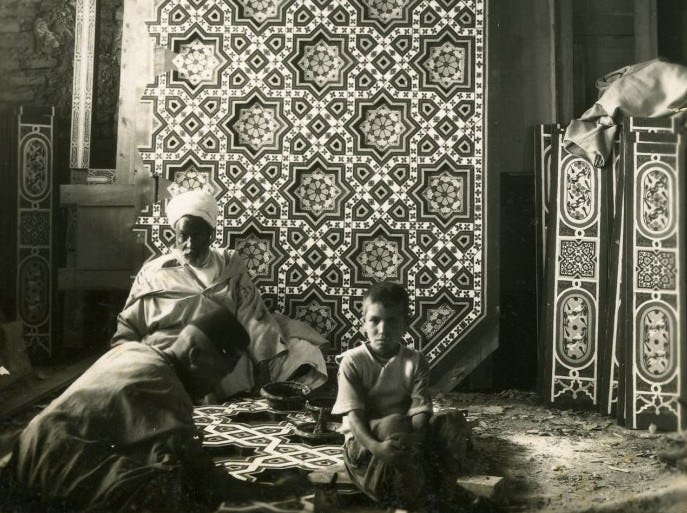Twelve-Sided Bronze Mortar with Animal Finials and Vegetal Motif Panels
Date11th -12th century
PeriodGhaznavid
MediumBronze
DimensionsOverall: 4 7/8 x 8 1/8 in. (12.4 x 20.6cm)
ClassificationsMetalwork
Object number54.150
DescriptionThe twelve-sided bronze mortar features a flared rim, flat base, and circular interior, optimizing its functionality for efficient pounding. Despite significant wear from practical use, remnants of its inlaid vegetal motifs are still discernible. Two side handles, through which rings were once inserted for transportation, further emphasize its utilitarian purpose. Thick-walled designs ensured durability under intense use and were paired with solid cast bronze pestles.Mortars have been indispensable tools across various domains in the Islamic world since ancient times. Their applications ranged from culinary uses, such as grinding spices and grains, to artistic and scientific purposes. Painters and scribes used mortars to prepare pigments and inks, while pharmacologists and alchemists employed them for compounding medicines, reflecting the advancement of science and medicine. This is exemplified in 13th-century Arabic manuscripts, such as Dioscorides' De Materia Medica, where illustrations depict physicians or their assistants using a mortar and pestle to prepare medicinal concoctions.
By the 10th century, metal mortars had become ubiquitous in the Islamic world. Abu Bakr Muhammad ibn Zakariya’ al-Razi (d. 925), a renowned physician, identified mortars by the Arabic term mihras and the Persian havan. In the following century, the polymath al-Biruni (d. 1048) documented that mortars were often crafted from an alloy called batruy, comprising copper and lead. Islamic metal mortars were cast in the manner of a bell, with the pouring point at the top of the mold, which became the mortar's base when inverted. Their structural integrity, crucial for withstanding repeated heavy blows, depended on the composition of the alloy and the thickness of the walls. These functional and robust implements highlight the ingenuity and craftsmanship of Islamic metalworking traditions.
On View
On viewCollections
19th - 20th century
19th - 20th century
19th - 20th century
19th - 20th century
19th - 20th century
Dated 1227 AH / 1812 CE











